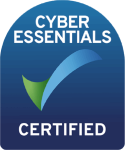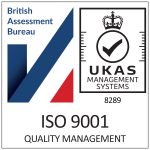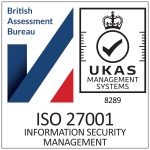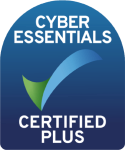“By 2025, an estimated 70% of the workforce will be working remotely at least five days a month.”
Remote, flexible, hybrid working is becoming more and more commonplace in the modern business world. With large organisations like The Welsh government, Cardiff University, and Admiral Group saying they are all consulting with staff about a permanent set-up hybrid of home and office working, it’s clear that whether it’s just business communications as usual or if you’re transitioning to a hybrid work model post-COVID, you need voice over IP (VoIP).
It’s no secret that VoIP phone systems will save your business money and improve its efficiency. You’ll genuinely be amazed at all of the features and functionality this technology offers. But the technology definitely has its own lingo!
If you’re considering transitioning to VoIP, we thought it would be helpful to have a glossary of the most popular terms in front of you as you evaluate business VoIP solutions.
Our definitions will help you understand not only what they mean, but why they’re important to a reliable and powerful business VoIP system. We know that a phone system migration is no small decision, and the more knowledge you have in your arsenal, the better.
Show any VoIP Executive that you know your stuff by keeping this list of key terms on your desk, or bookmarked on your browser.
ATA – Analogue Telephone Adapter:
This adaptor is used to connect your traditional phone to VoIP. It is a type of hardware that calls (audio and video) into IP packets that can then be sent over the internet.
Bandwidth:
Internet bandwidth is the maximum rate of data that can be transferred during a given time period. As a phone solution that relies on an internet connection, the quality and speed of your office bandwidth will need to be considered when making the switch to VoIP.
Hosted, Virtual or Cloud PBX:
This is where the PBX business phone operating systems are located off-site with a telephone company/service provider which delivers the PBX functionality as a service over the PSTN. The telephone company/service provider routes the business’s inbound and outbound calls to/from the business.
IP Desk Phone:
An IP desk phone looks a lot like a traditional desktop phone – but they do so much more! IP desk phones use the internet to place phone calls through VoIP. These phones connect via an Ethernet cable and boast a range of additional functionalities over a traditional phone line, as well as easy access to an unlimited amount of phone calls without having to pay for a physical phone line.
IP – Internet Protocol:
This is how calls, or ‘data packets’ are transported across your LAN (Local Area Network) or a WAN (Wide Area Network).
ISDN – Integrated Services Digital Network:
ISDN has been the recognised standard communications technology for the last 30 years. When the internet first gained popularity, ISDN lines became the international standard for switched, digital dial-up telephone service for voice and data, because it was faster than analogue modems.
PBX – Private Branch Exchange:
In a nutshell, PBX describes a business phone network. It illustrates the various enterprise-grade private telephone networks that businesses use to connect to the wider network.
PSTN – Public Switched Telephone Network:
PSTN is the traditional circuit-switched phone system that uses copper wires for the network.
Softphone:
A softphone is a software application that allows your employees to make phone calls from a range of internet-connected devices, such as your smartphone, tablet or PC.
UC – Unified Communications:
Unified communications aim to integrate all the communication channels in your business into a single solution. Essentially, UC is able to manage voice, video, messaging, file sharing, and more, all in one place.
VoIP – Voice over Internet Protocol:
VoIP is a group of technologies that deliver voice communications (and other multi-media) over IP networks such as the internet as opposed to via traditional phone lines or mobile networks. BT is due to replace ISDN with its VOIP network in the UK by 2025.
WFM Solutions – Workforce Management Solutions:
This is a term mostly used when looking at contact centres – When we talk about workforce management (WFM) in relation to UCaaS (See UC- Unified Communications), we’re referring to software solutions that improve the overall customer experience. A WFM solution puts the most appropriate person in the right place at the right time.
Switching to VoIP is fast becoming the most recommended solution or businesses today. ITCS provides free telecoms audits for your organisation, paying close attention to your business IT communications strategy. With a focus on protecting your networks and most business-critical data, We provide a range of managed IT communications services for UK small businesses (SME’s), as well as larger outfits that require a more complex solution. Our expert team will answer all your questions and give you the ideal solution for your needs.





 CLOSE
CLOSE
